Islands have long captured our imagination as places where unusual events intersect with documented history. These isolated spots have collected intriguing stories, from mysterious disappearances to remarkable natural phenomena.
Explore fascinating islands where documented events, natural phenomena, and human history have created genuinely peculiar tales.
Christmas Island, Australia
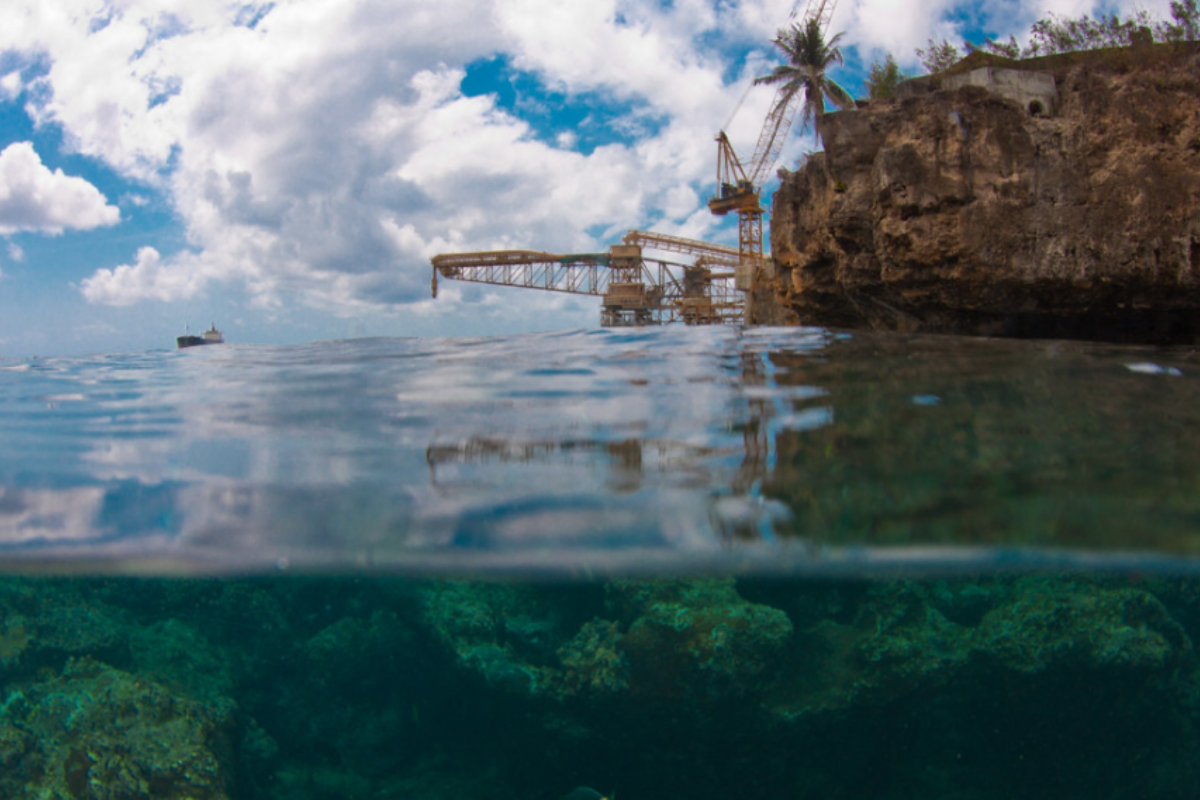
The annual red crab migration transforms this island into a spectacular natural wonder. About 50 million red crabs emerge from the forest yearly to go to the ocean for breeding season.
The island adapts to this phenomenon by closing roads and building special crab crossings. Scientists study this remarkable biological event as one of the largest animal migrations on Earth.
Hashima Island, Japan
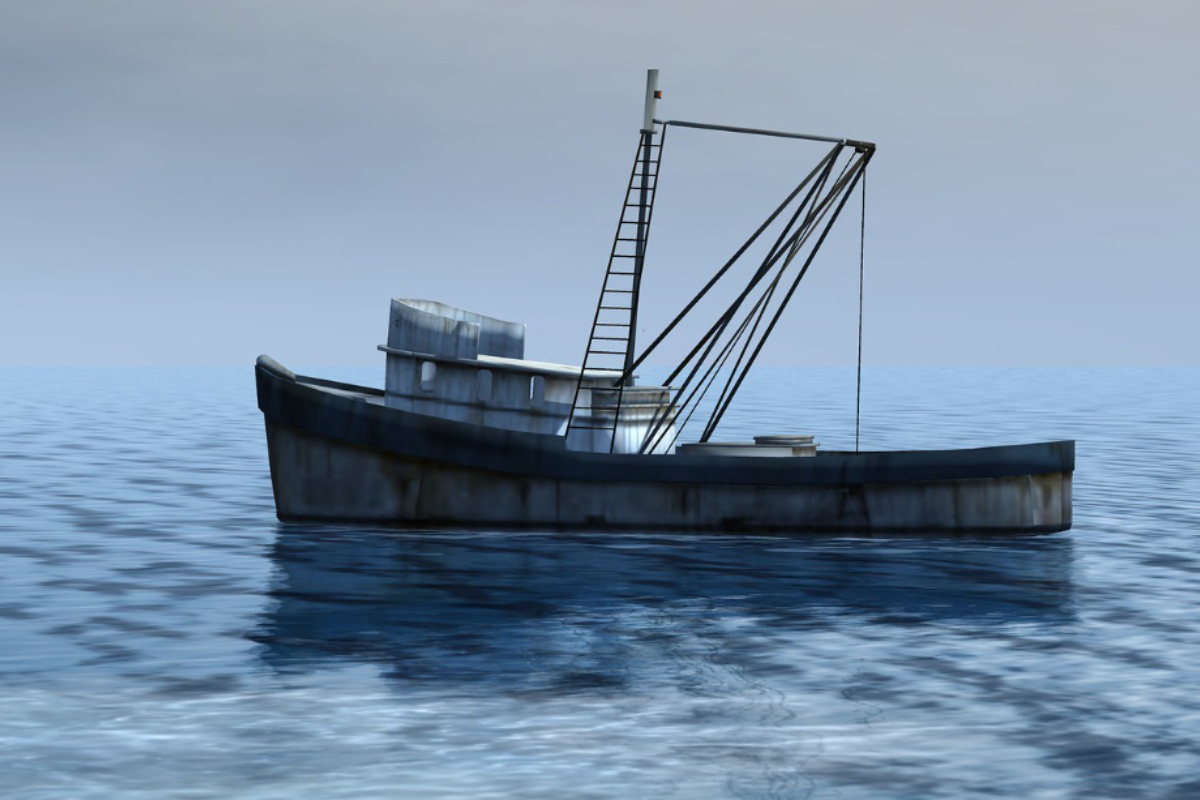
This former coal mining island housed over 5,000 people in its heyday during the 1960s. Due to its silhouette, the densely packed concrete apartments and industrial facilities earned it the nickname ‘Battleship Island.’
When petroleum replaced coal in Japan’s industrial sector, the mines closed in 1974, and the entire population departed within months. The abandoned island is a stark reminder of Japan’s rapid industrialization and economic changes.
Like Travel Pug’s content? Follow us on MSN.
Poveglia Island, Italy
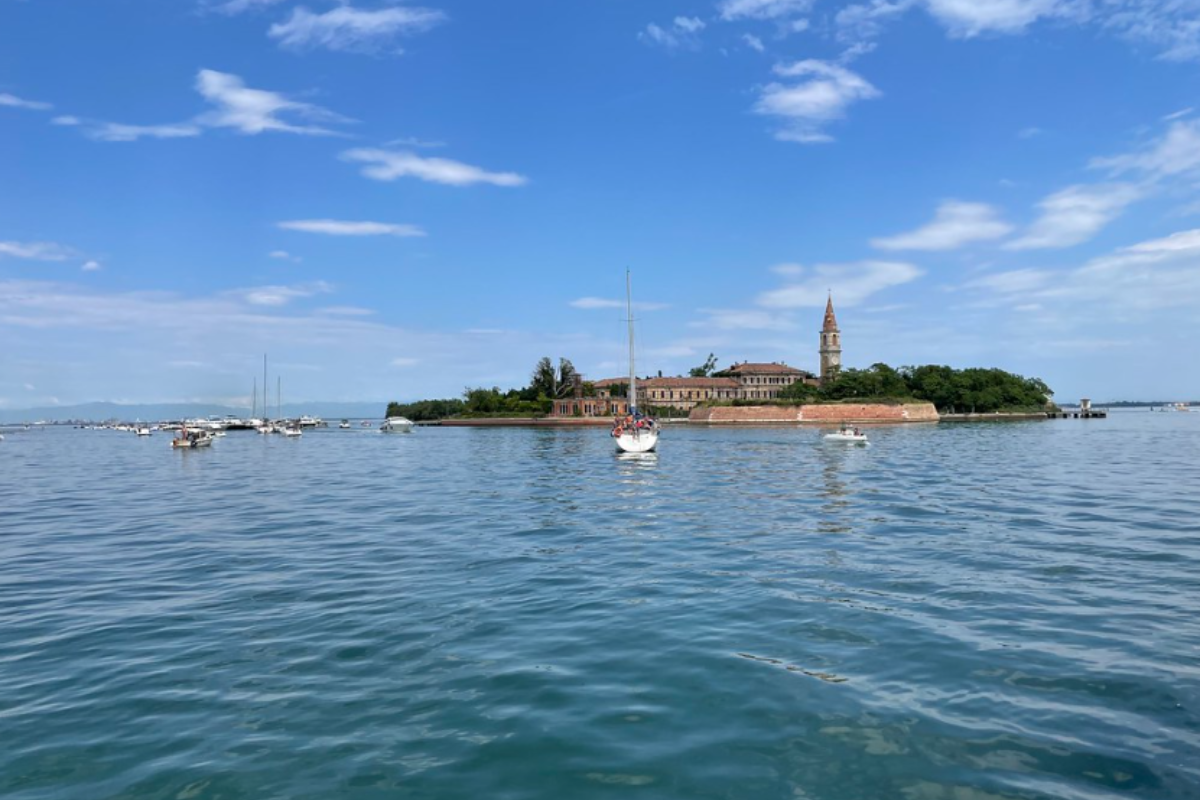
Historical records confirm this island served as a quarantine station during several plague outbreaks in Venice. The island later housed a mental hospital in the early 20th century, which closed in 1968.
Archeological studies have discovered mass grave sites dating back to the plague era. The island remains uninhabited today, serving as a testament to historical quarantine practices in the Mediterranean.
Flannan Isles, Scotland
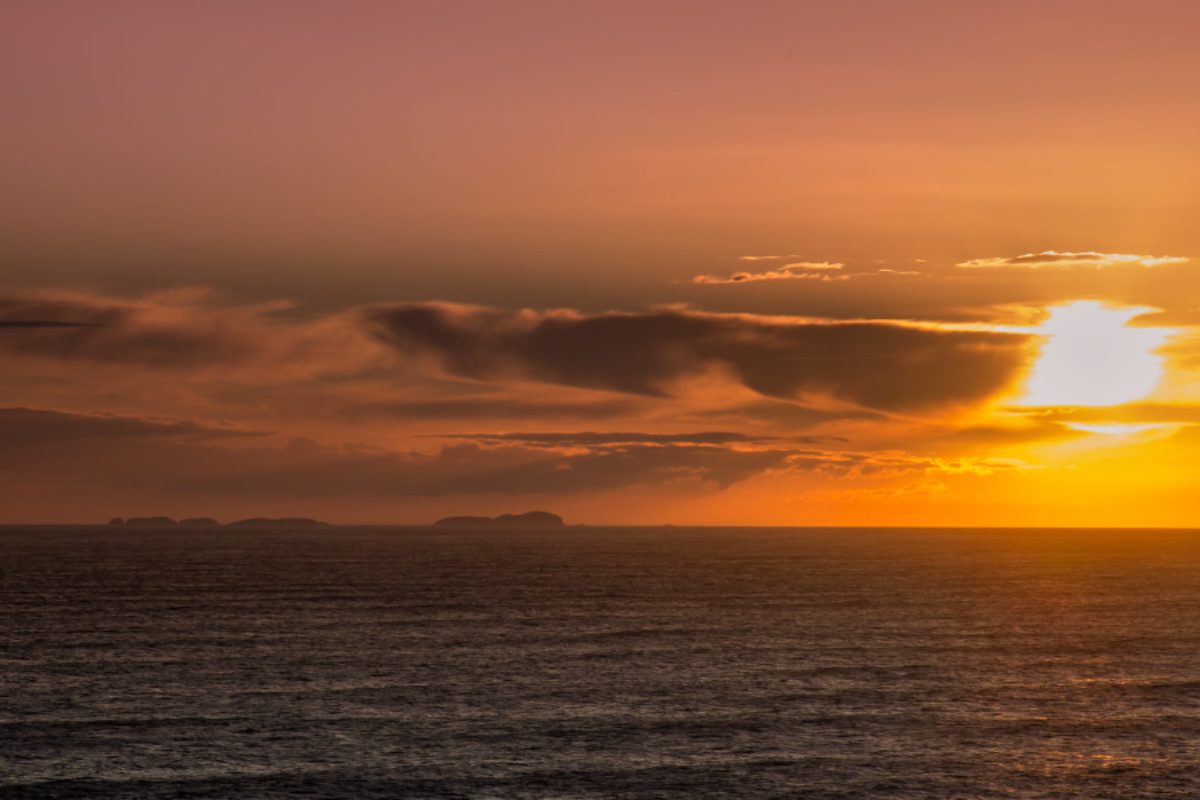
Three lighthouse keepers disappeared from the Flannan Isles lighthouse in December 1900, creating a genuine maritime mystery. Official records show the men’s last log entry indicated severe storms, and investigators found a toppled chair and an untouched meal.
According to maritime authorities, the most likely explanation involves unusually severe weather conditions. This incident led to significant changes in lighthouse staffing protocols across Scotland.
North Sentinel Island, India
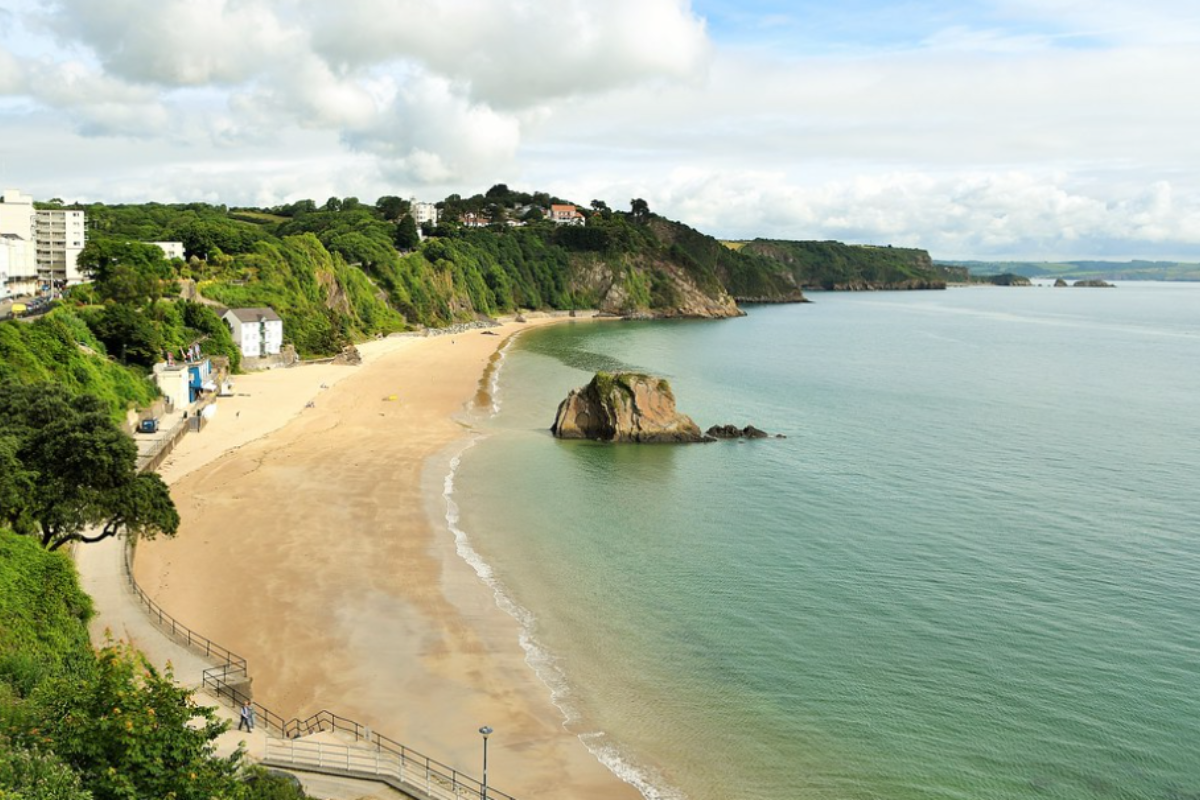
This island is home to one of the world’s last uncontacted indigenous peoples. The Sentinelese have actively rejected outside contact for centuries, maintaining their traditional way of life.
In 2018, an unauthorized visitor to the island was killed, leading to stricter enforcement of the protective isolation zone. The Indian government maintains a strict no-contact policy to protect both the tribe and potential visitors.
Like Travel Pug’s content? Follow us on MSN.
Oak Island, Canada
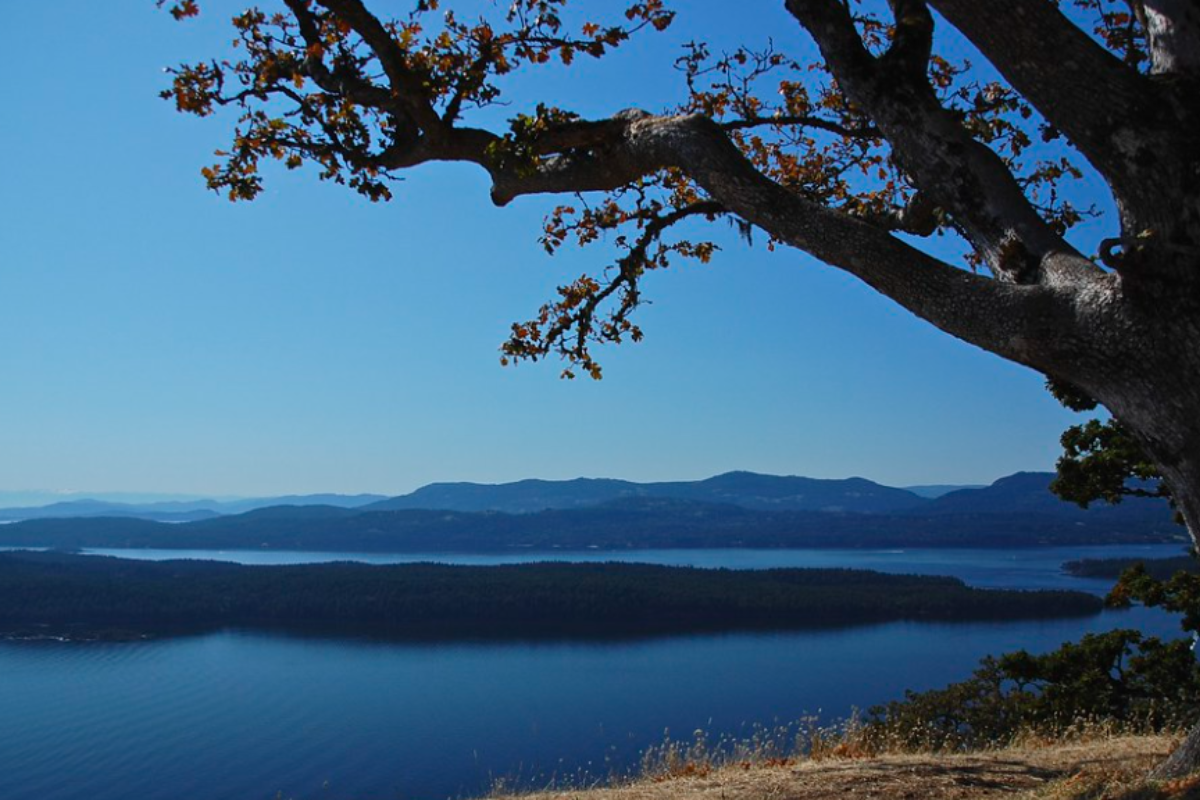
Since 1795, this Nova Scotia island has been the site of organized treasure-hunting activities. The discovery of the ‘Money Pit,’ a carefully constructed shaft with multiple flood tunnels, sparked numerous archaeological expeditions.
Despite millions spent on exploration, no significant treasure has been found, though legitimate historical artifacts have been discovered. The site continues to intrigue archaeologists who are studying early colonial activities in North America.
Vulcan Point Island, Philippines
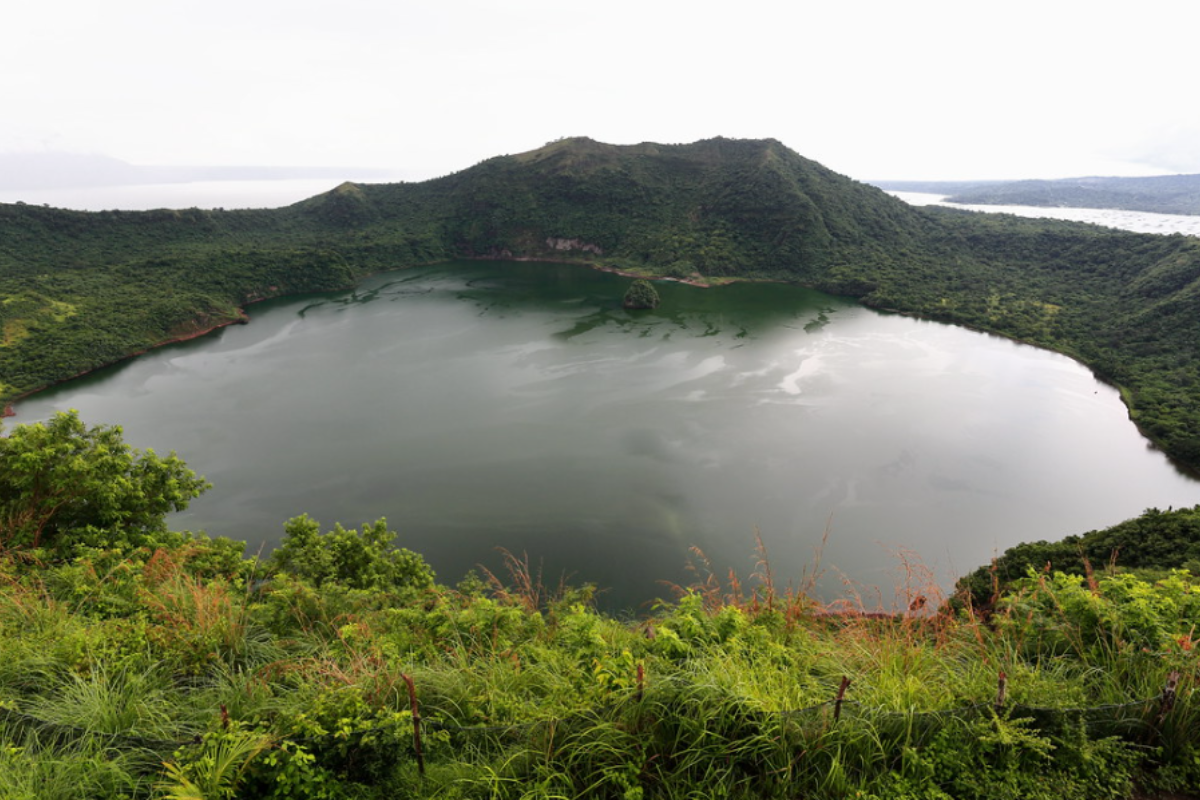
This geographical oddity is the largest island within a lake within a lake on an island. Volcanic activity in the area creates measurable temperature fluctuations in the surrounding crater lake, which scientific studies monitor as indicators of geological activity.
The island’s visibility varies with water levels affected by seasonal changes and volcanic activity.
Bouvet Island, Norway
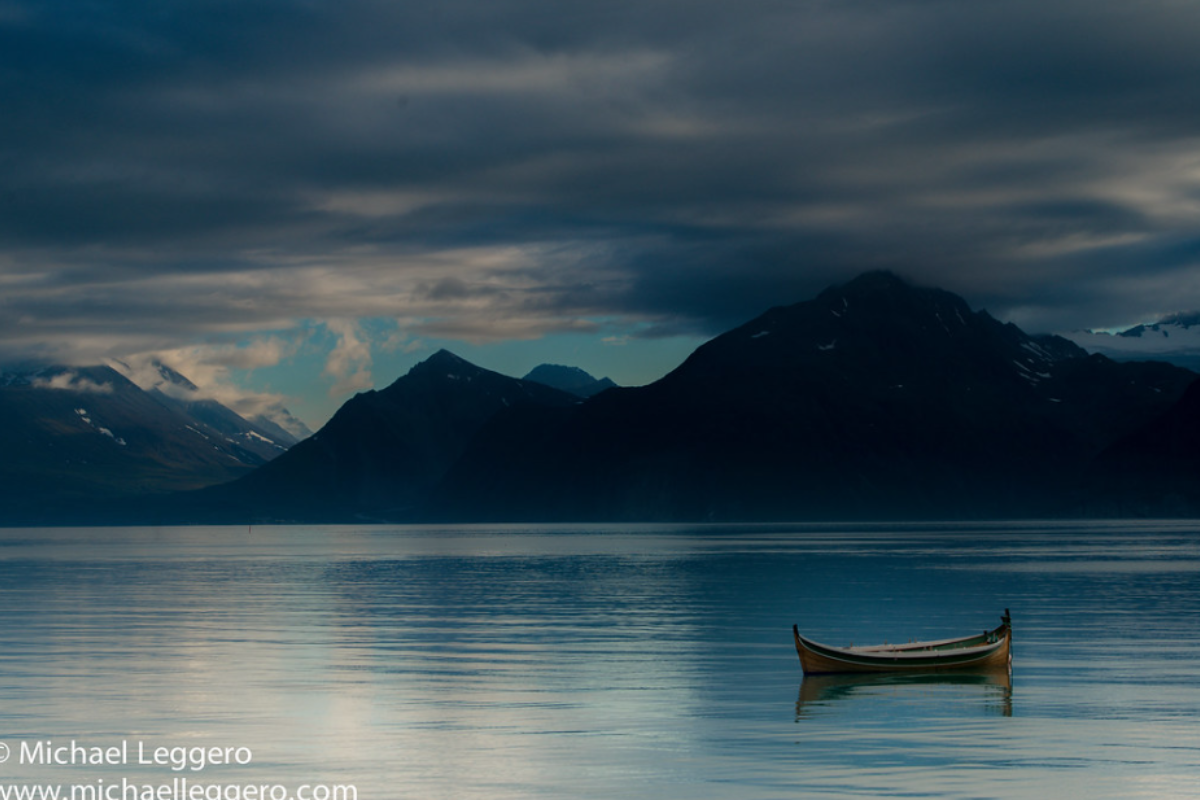
This uninhabited volcanic island is officially the most remote island on Earth, sitting in the South Atlantic Ocean. A 1964 British expedition documented finding an abandoned boat and supplies, though their origin was never determined.
Weather monitoring stations have recorded some of the most extreme weather conditions in the South Atlantic here. The island serves as an important location for studying subpolar marine ecosystems.
Like Travel Pug’s content? Follow us on MSN.
Roanoke Island, USA
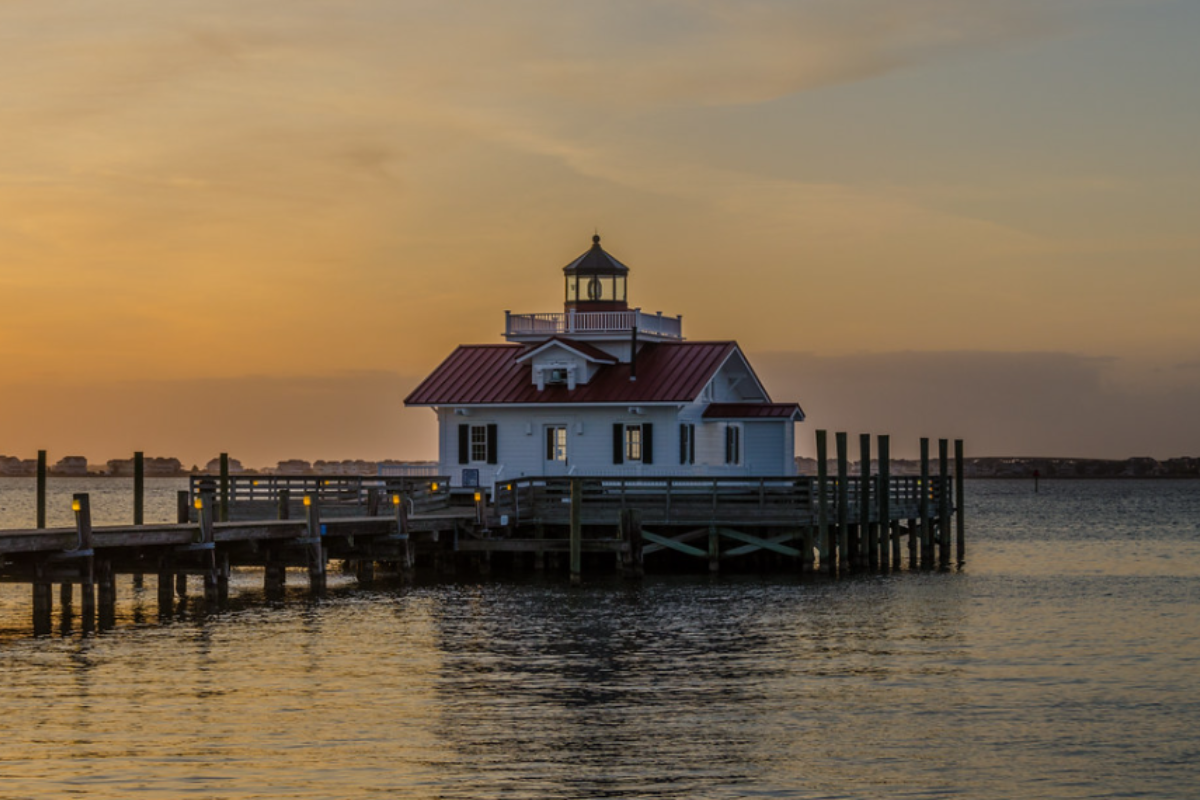
The disappearance of 115 English colonists from this island in 1590 represents one of America’s oldest historical mysteries. Archaeological evidence suggests the colonists may have integrated with local Native American tribes, particularly given the ‘CROATOAN’ carving left behind.
Recent archaeological discoveries have found English artifacts at Native American sites on nearby islands. Historians continue studying this case as an example of early colonial-indigenous interactions.
Daksa Island, Croatia
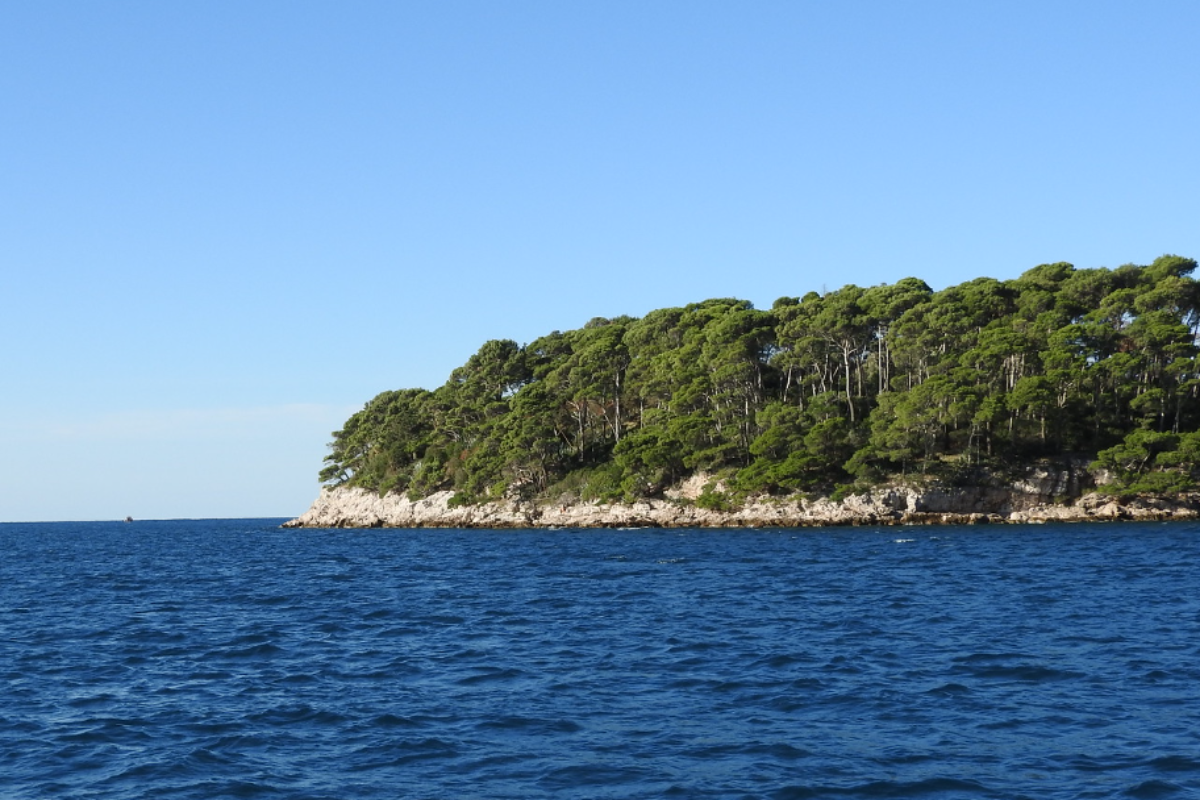
This small island near Dubrovnik was the site of documented political executions in 1944 during World War II. Archaeological studies in the 1990s uncovered mass graves that helped identify victims.
The island’s abandoned monastery has been the subject of preservation efforts by historical societies. The site now serves as an important historical memorial.
Miyake-jima Island, Japan
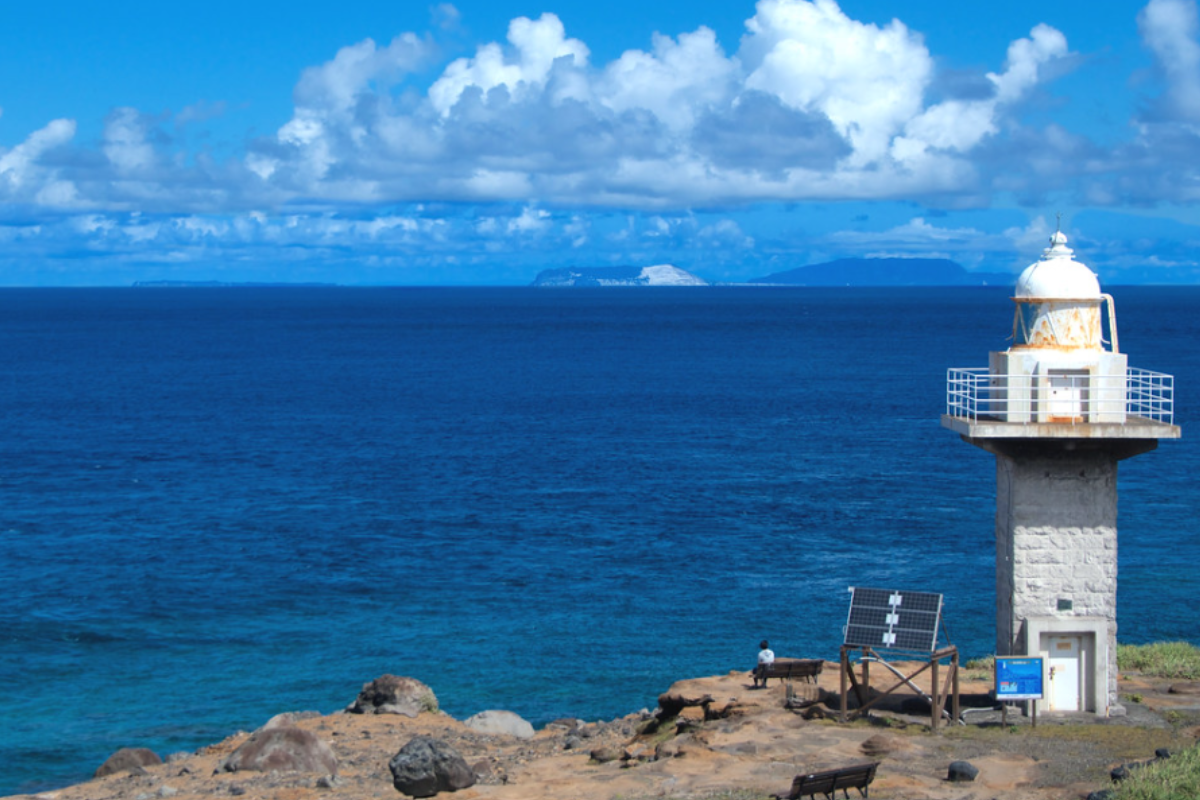
Residents of this inhabited volcanic island have adapted to living with frequent sulfur dioxide emissions. Government regulations require all inhabitants to wear gas masks for safety during volcanic activity.
Geologists regularly monitor gas levels to help predict dangerous levels and inform evacuation procedures. The island demonstrates remarkable human adaptation to challenging environmental conditions.
Like Travel Pug’s content? Follow us on MSN.
Aegina Island, Greece
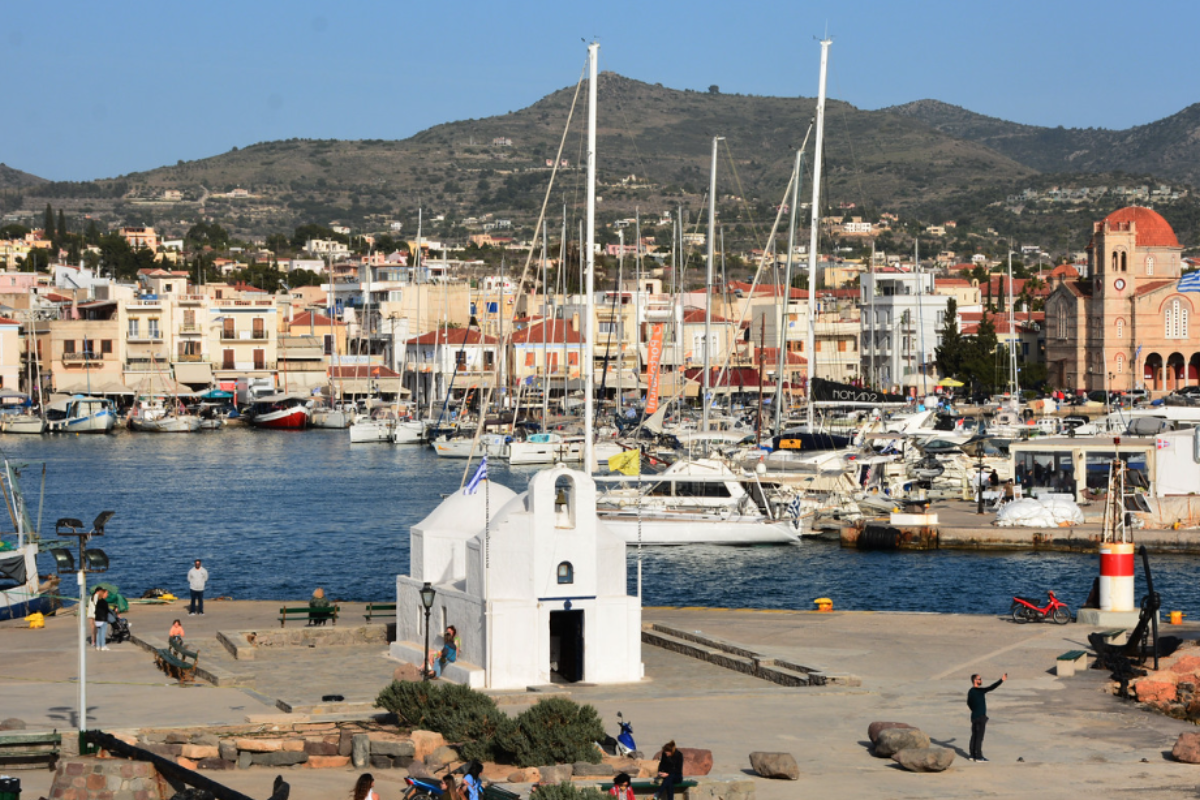
This Greek island experienced a documented power outage in 2003 that affected multiple communities. Investigations revealed the cause to be a combination of grid failures and severe weather conditions.
Following the incident, local infrastructure underwent significant upgrades. The event led to improved emergency response protocols across the Greek islands.
Ōkunoshima Island, Japan
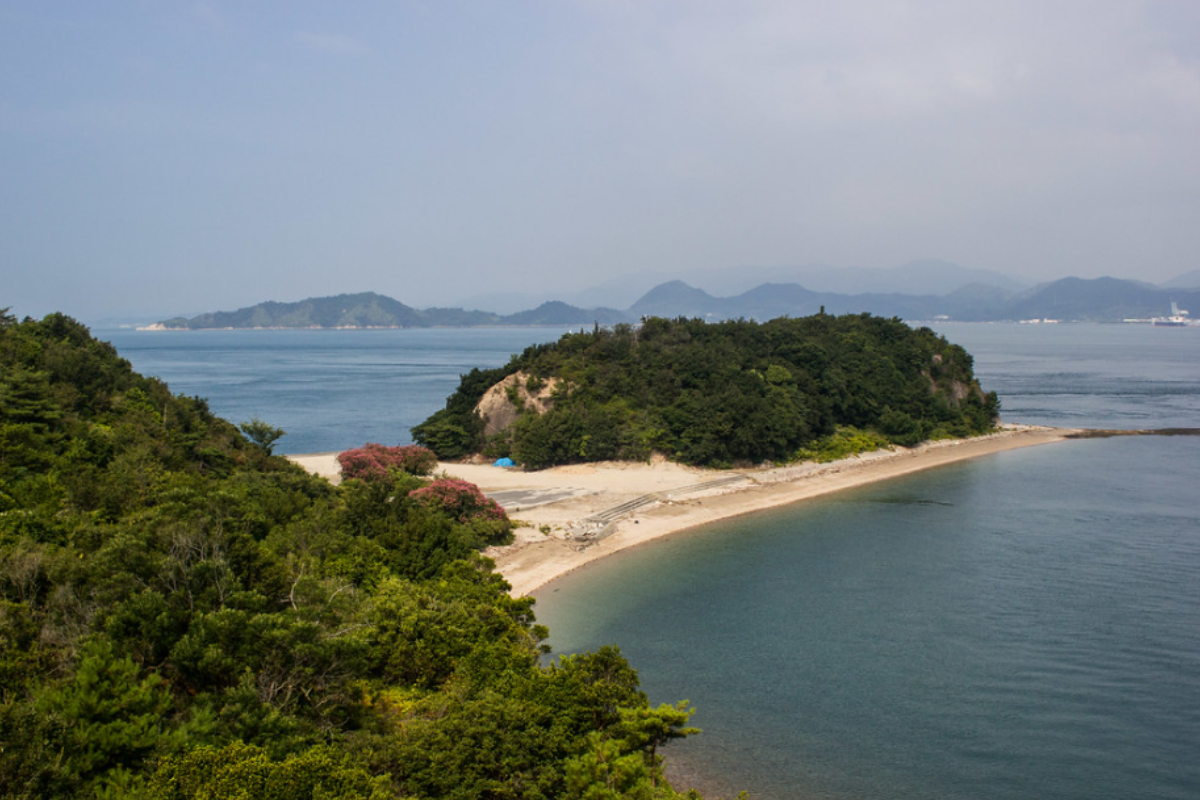
This island gained notoriety for its population of wild rabbits that descended from laboratory animals. During World War II, it housed a secret chemical weapons facility, which is now preserved as a historical museum.
Environmental studies monitor the unique ecosystem developed after the island’s military abandonment. The site serves as a tourist attraction and a reminder of wartime history.
Tashirojima Island, Japan
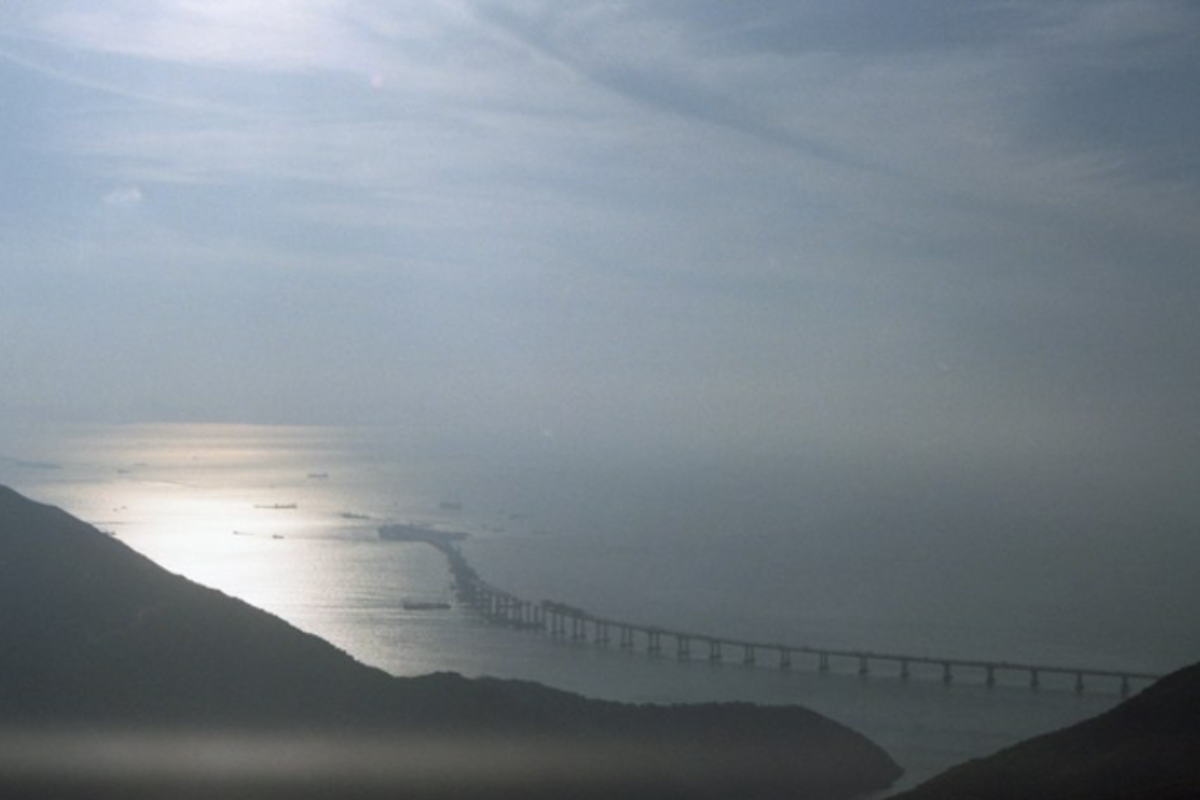
This island became famous for its large population of free-roaming cats, which originally served to protect silk farms from mice. The cat population has been studied by biologists as an example of an isolated feline community.
Local fishing communities traditionally viewed the cats as good luck symbols. The island now serves as a unique example of human-animal coexistence.
Like Travel Pug’s content? Follow us on MSN.
Montecristo Island, Italy
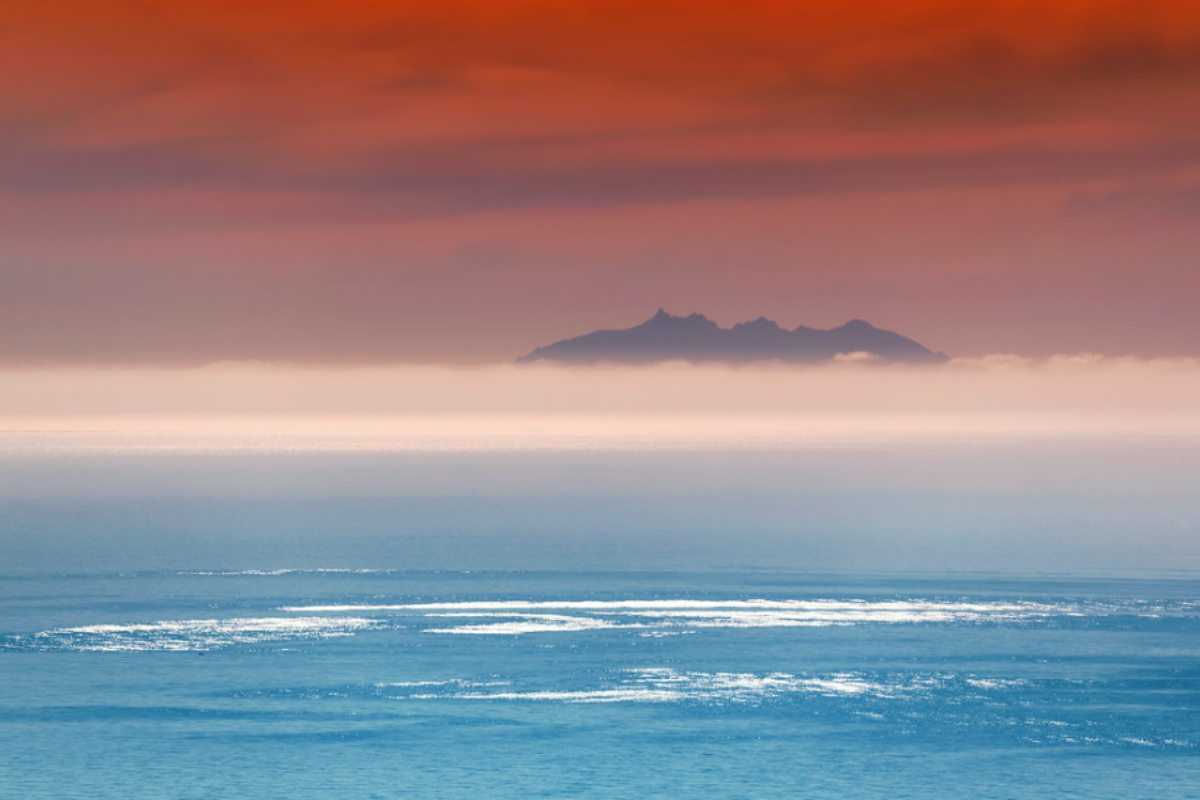
This Mediterranean island maintains strict visitation limits to protect its unique ecosystem. Scientific studies have documented several endemic plant and animal species found nowhere else.
The island’s isolation has allowed researchers to study evolution in a controlled environment. Conservation efforts have successfully preserved the island’s biodiversity.
Socotra Island, Yemen
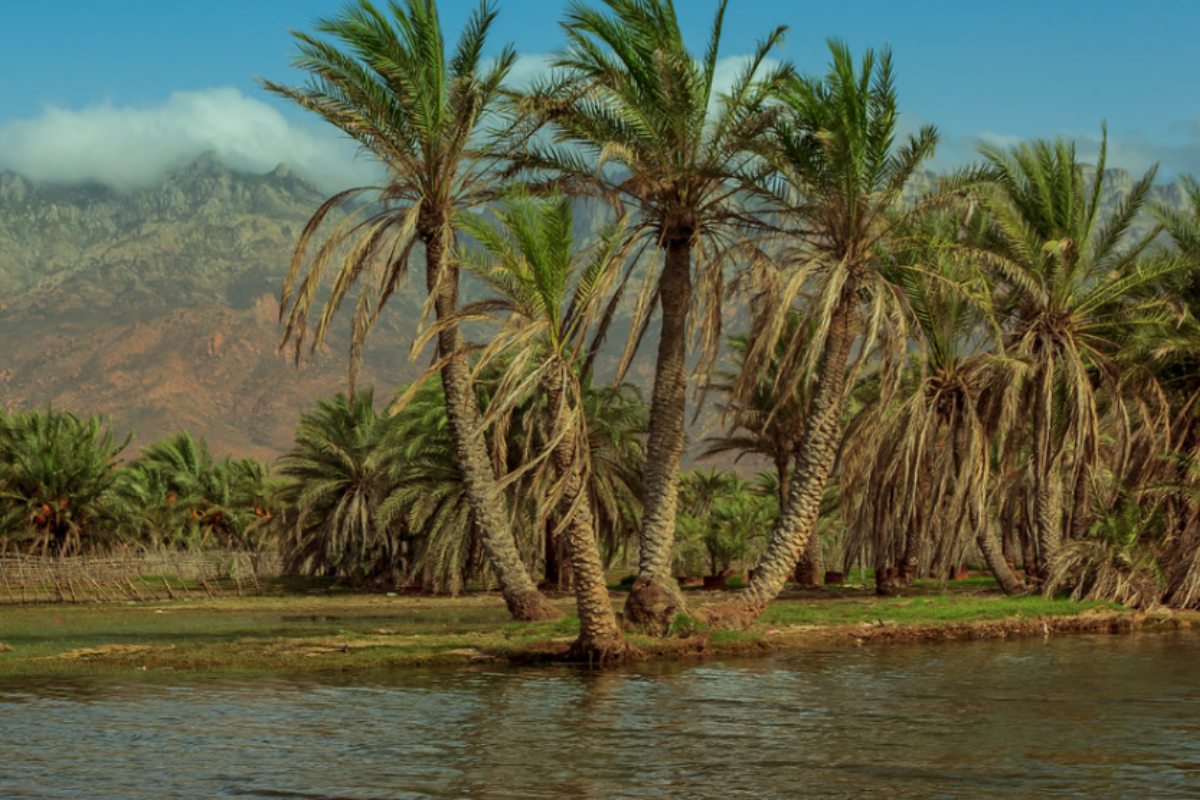
This island’s isolation has resulted in some of the world’s most unique plant species, including the famous Dragon Blood Tree. Botanical studies have documented over 700 species found nowhere else on Earth.
The island’s unusual landscape has developed due to millions of years of geographic isolation. UNESCO recognizes it as a World Heritage site for its remarkable biodiversity.
Niihau Island, USA
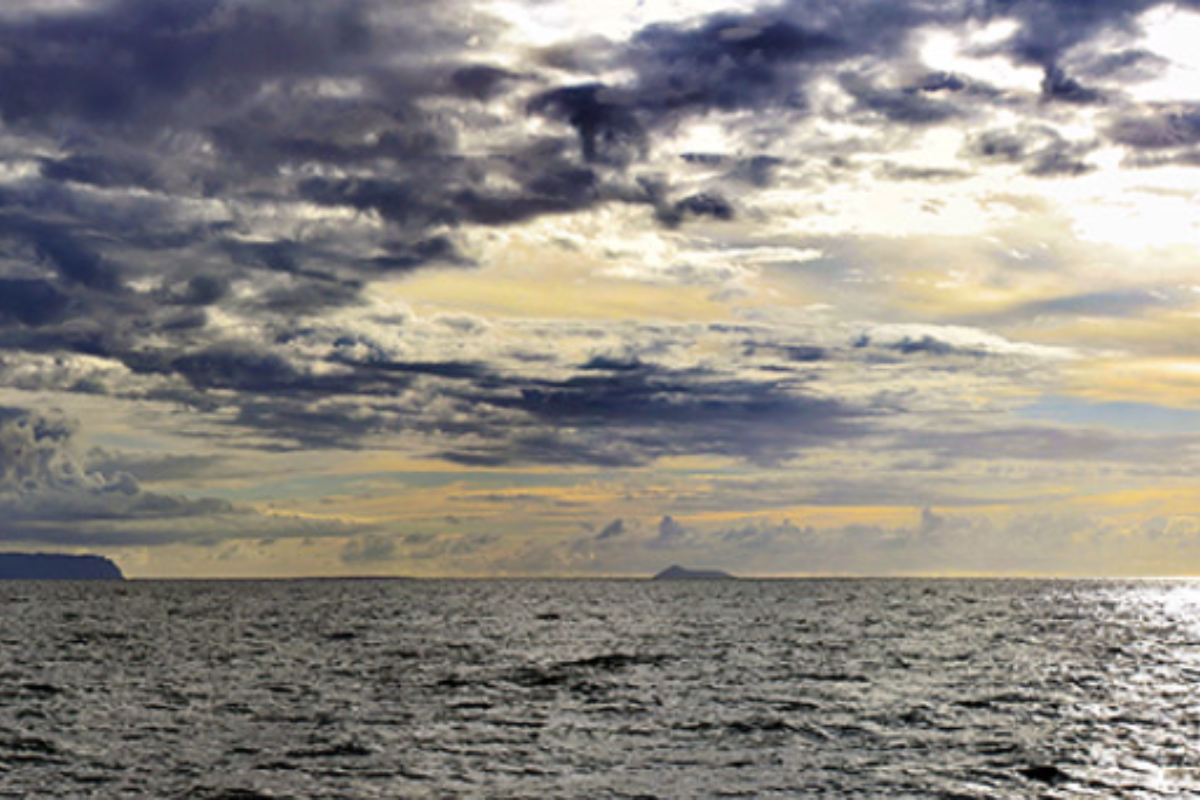
This privately owned Hawaiian island maintains strict traditional practices and limited outside access. The indigenous Hawaiian community continues to speak their native language as their primary form of communication.
Researchers study the island as an example of preserved Hawaiian culture. The island’s isolation has helped maintain traditional practices that have disappeared elsewhere.
Like Travel Pug’s content? Follow us on MSN.
Beaver Island, USA
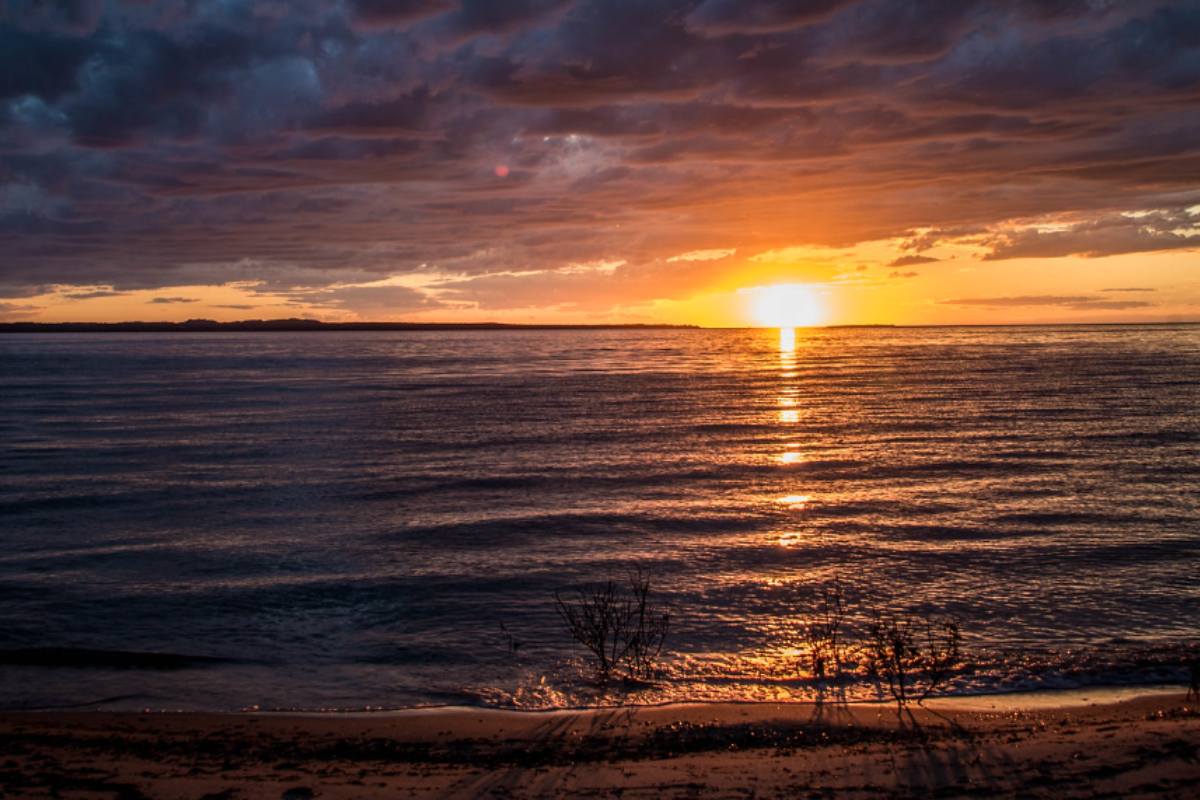
This Lake Michigan island briefly functioned as a self-proclaimed kingdom under James Strang in the 1850s. Historical records document the unusual period of religious governance that ended with Strang’s assassination.
Archaeological excavations have uncovered artifacts from this unique chapter in American history. The island now serves as a case study of 19th-century American religious movements.
Diego Garcia, British Indian Ocean Territory
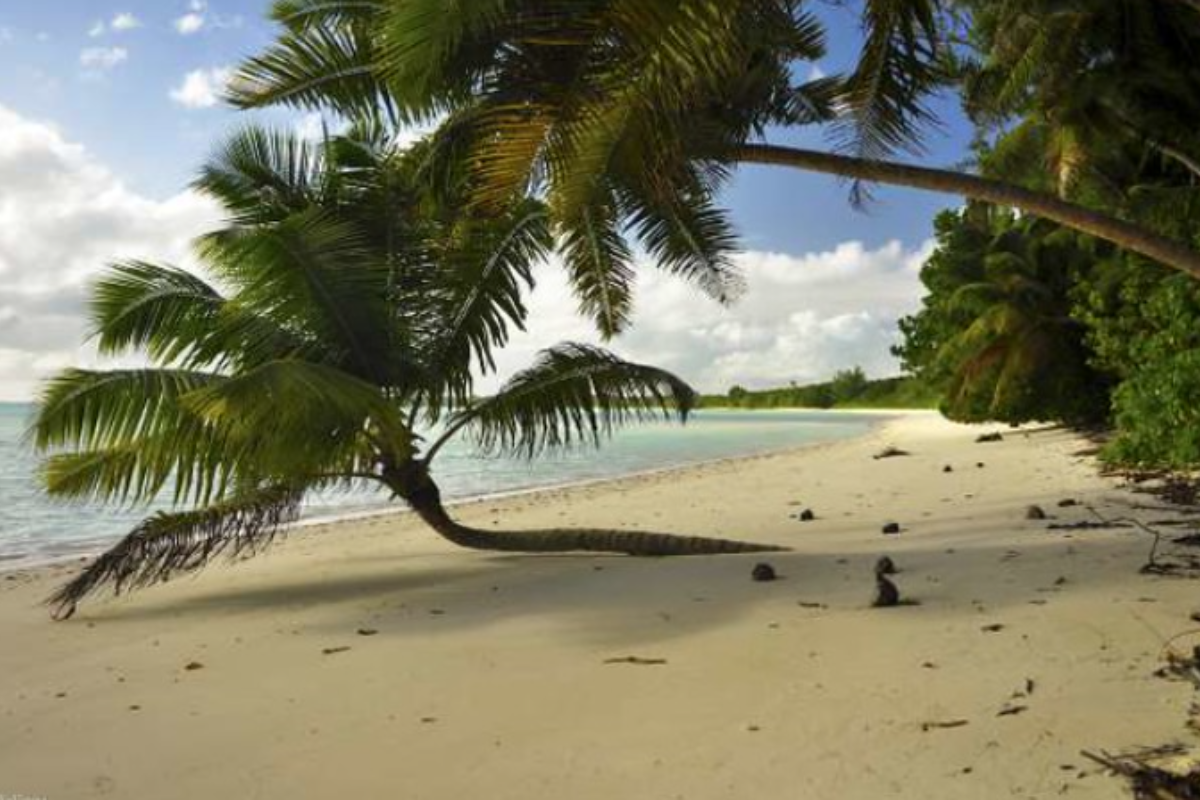
This atoll hosts one of the world’s most strategic military bases, established after the controversial relocation of its native population. Environmental studies monitor the impact of military activities on the atoll’s ecosystem.
The island’s history has sparked important discussions about indigenous rights and military necessity. Marine biologists study its pristine coral reefs as a baseline for ocean health.
Deception Island, Antarctica
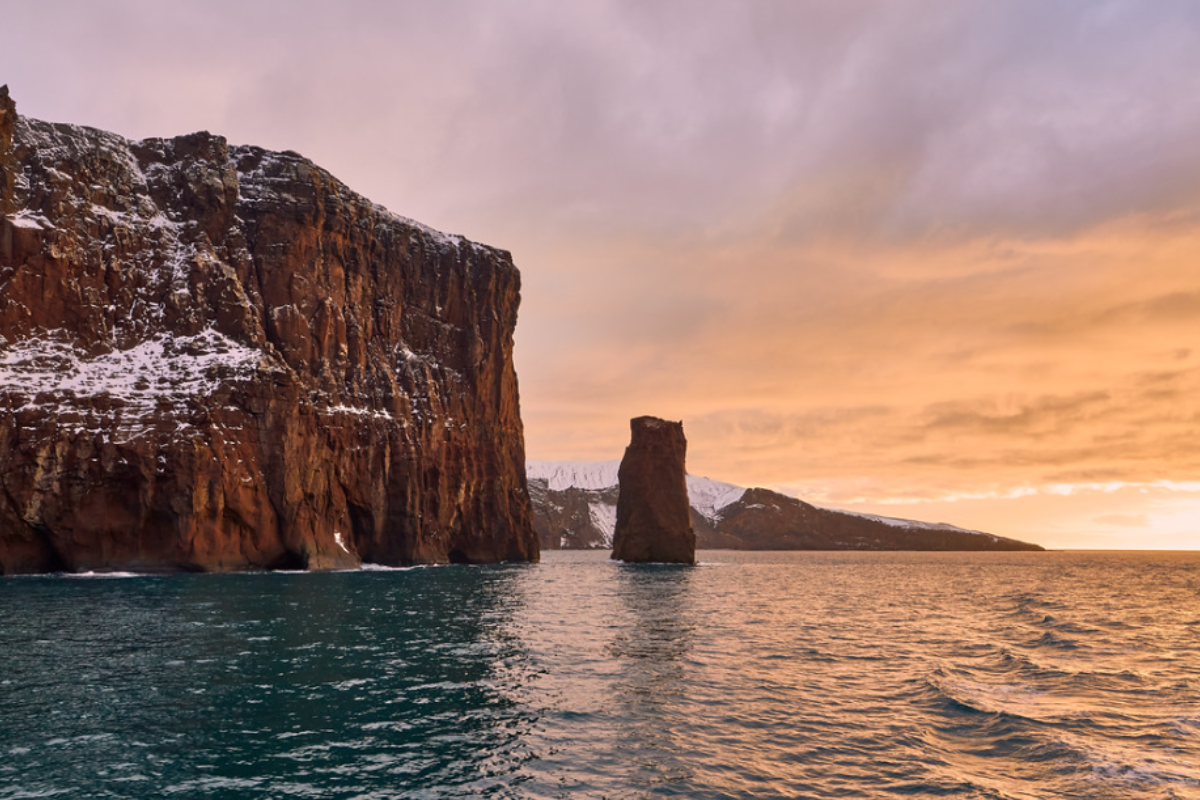
This active volcanic island creates the unique phenomenon of a safe harbor within its flooded caldera. Scientists regularly monitor its geological activity, as it’s one of Antarctica’s most active volcanic regions.
The island contains abandoned whaling stations that provide valuable historical information about the Antarctic whaling industry. The combination of volcanic activity and polar conditions creates unique research opportunities for geologists and marine biologists.
Like Travel Pug’s content? Follow us on MSN.
The Continuing Story
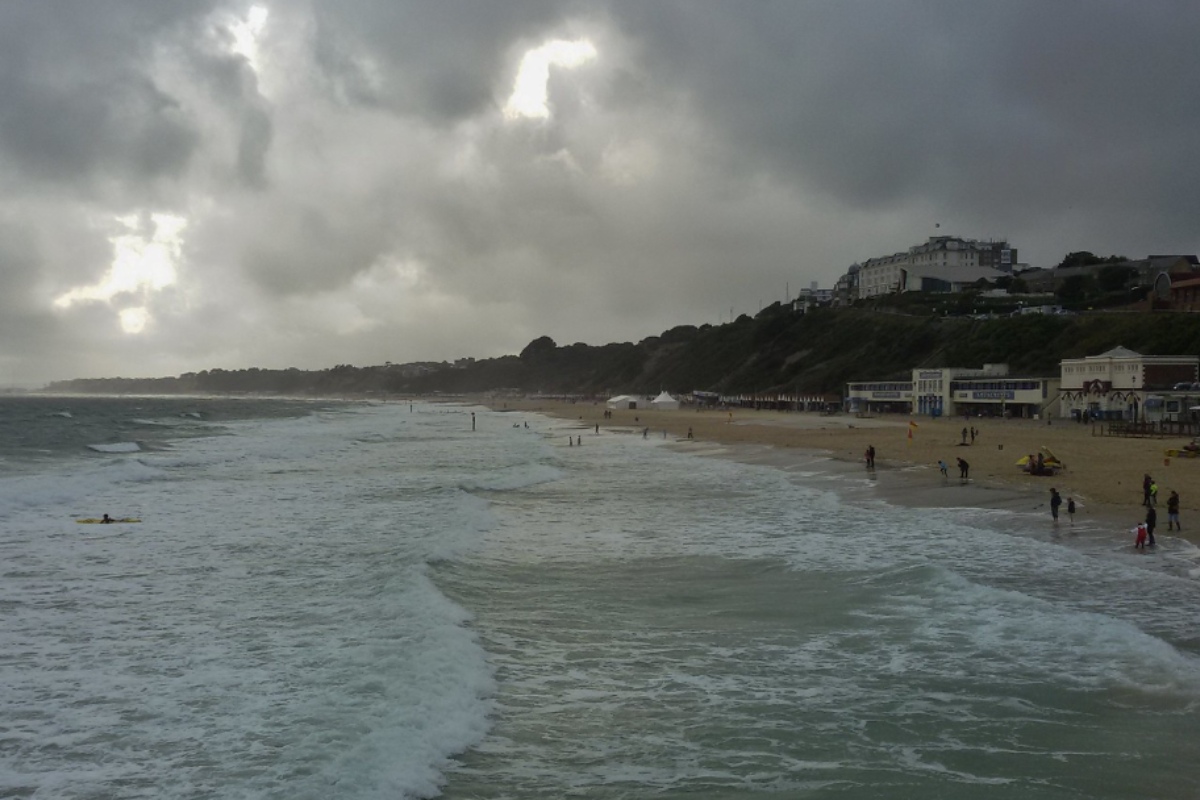
Islands continue to serve as natural laboratories where we can study unique events and phenomena in relative isolation. Their geographic separation often creates distinctive conditions that lead to unusual natural and human developments.
While many mysterious island tales have been explained by science, these locations remain important sites for scientific research and historical study. Their stories remind us that reality often proves more interesting than fiction when we examine it carefully.
More from Travel Pug

- 20 Towns Built for One Purpose That Were Later Abandoned
- 15 Hidden Spots in Disney World’s Magic Kingdom Most Visitors Miss
- 20 Photos of the World’s Most Beautiful Glacial Lakes
- 15 Canyons in the U.S. That Are Just as Stunning as the Grand Canyon
- 10 Under-the-Radar Mountain Towns That Are Both Affordable and Beautiful
Like Travel Pug’s content? Follow us on MSN.
